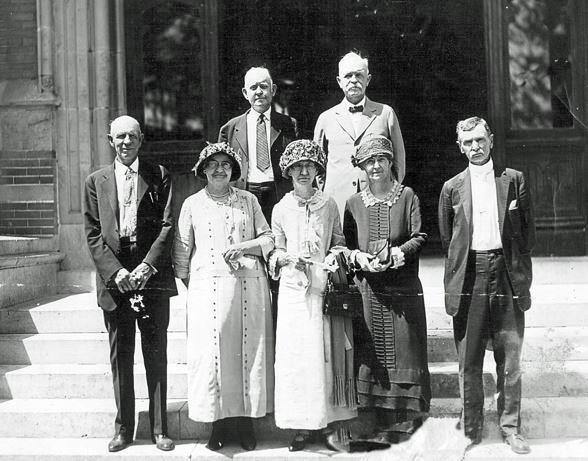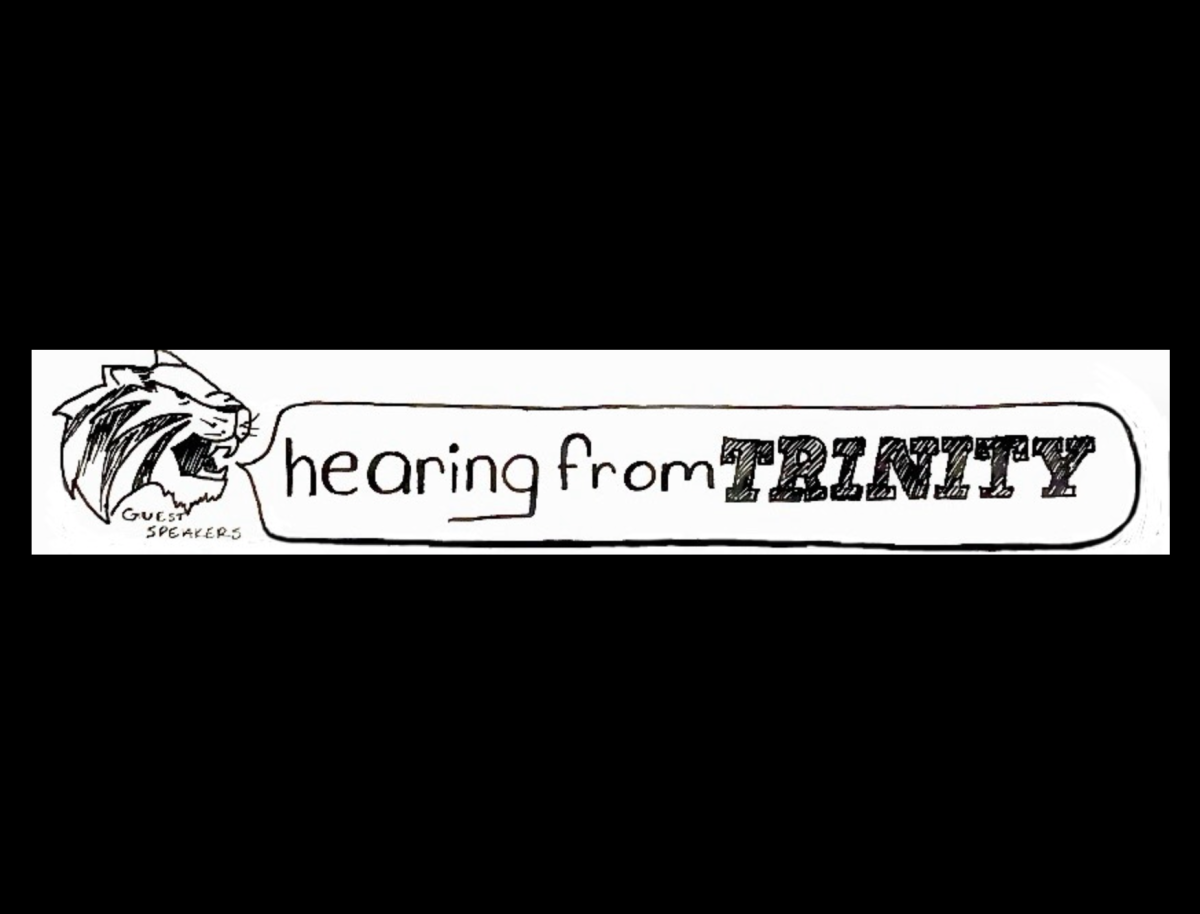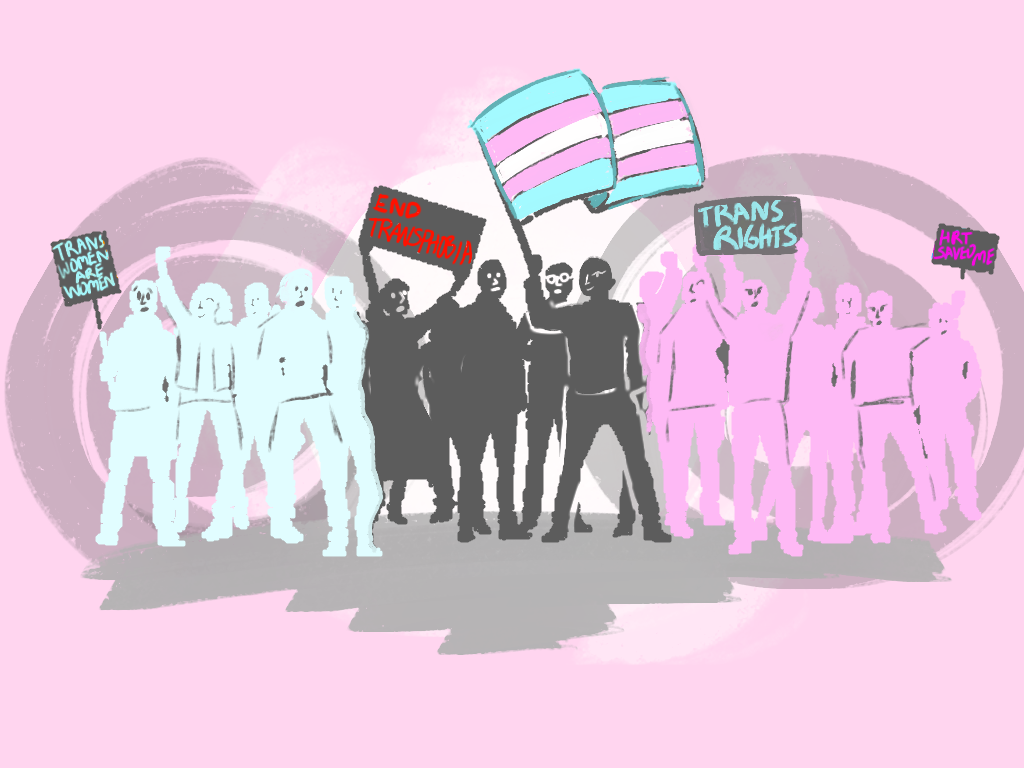One hundred years ago, Waxahachie was abuzz with excitement as residents prepared to greet an estimated 600 visitors from all parts of the country. They came to celebrate the first 50 years of Trinity’s institutional history that began in 1869 inside a renovated farm house in nearby Tehuacana. According to local newspaper Waxahachie Daily Light, many of the visitors were Trinity graduates who were returning to their alma mater “for one jolly reunion of students of the beloved institution.” For some of the graduates, this marked the first time they had set foot on the Waxahachie campus.
The four-day celebration began with baccalaureate services and ended with commencement ceremonies for the class of 1919. The calendar of events included worship services, alumni meetings, picnics, banquets, a historical pageant and speeches from graduates, citizens and university administrators.
The meeting of alumni and former students was described by the Trinity University Bulletin, vol. XV, no. 6 as the “most inspiring feature of the sesquicentennial celebration.” Speakers regaled the group with descriptions of student days in Tehuacana and Waxahachie. Tehuacana tales included hoisting a cow into the bell tower and leaving it to express its discomfort throughout the night, passing love notes during chapel services to arrange clandestine off-campus rendezvous and sneaking off to Mexia to secure furtive alcoholic drinks at the local pubs. Waxahachie graduates reminisced about the mule-powered street car that frequently derailed and required passenger assistance to continue the journey and trudging through the dust and mud of a campus devoid of landscaping.
Members of the class of 1919 related how they lived through the beginning and ending of World War I and an outbreak of a major flu epidemic that shut down the campus. World War I had a major impact on enrollment as 250 Trinity men entered military service and others signed up for Officer Training Schools. Of the original 100 students who enrolled in 1915, only 13 students completed their baccalaureate degrees in 1919. On a somber note, reunion participants paused to hold a memorial service for the six Trinity servicemen who died in defense of their country and to honor servicemen who fought in World War I.
Comparing university statistics in 1919 with 2019 reveals how far Trinity has progressed in the past one hundred years. During its first 50 years, Trinity matriculated 6,509 students but had only 502 graduates. This low figure is because Trinity’s enrollment during that era consisted largely of pre-collegiate students who had no intention of pursuing college work. During the past 50 years in San Antonio, Trinity has routinely graduated in one year the number of students it took fifty years to accomplish in 1919. Student body size in 1919 was 576 but only 302 were collegiate level. The Trinity student body size in 2018 was 2,480 undergraduate students.
The contrast between vocational choices after graduation is striking. In 1919, ordination to the Christian ministry was the overwhelming choice of male graduates. Ministers and school teachers of both genders accounted for 300 of the graduates. Trinity that estimated of those who did not graduate, at least 100 became ministers or missionaries. Today, Trinity students have a variety of vocational interests, but ministry and missionary careers rank low on the list. Another statistic stands in stark contrast to 21st century Trinity students: the university reported in 1919 that among the 502 students who graduated between 1869 and 1919, no more than six left its halls without being professed Christians. In 2019, religious affiliations are diverse, including a growing number who declare no religious preference.
The significance of Trinity’s 50th anniversary, however, is not about nostalgia or comparative statistics. Its overarching theme was future-oriented, not retrospective. Trinity trustees launched “A Greater Trinity,” a financial campaign to raise a million dollars for the university’s endowment fund. Alumni passed a resolution pledging their support due to the positive influences they received on campus.
Despite differences, there is a continuity between Trinity’s 50th and 150th anniversaries. The vision of Trinity’s founders was to have a “university of the highest order” that emphasized academic excellence, critical thinking, personal attention to students and a commitment to prepare students for adult life as responsible, involved and caring citizens. Those values continue to undergird Trinity’s educational mission in 2019.
Facing financial crises, relocations and continuing educational challenges, the university had numerous opportunities to give up in the face of what appeared to be insurmountable obstacles — but it remained steadfast. In 1902, at a low ebb of institutional history, President Jesse Anderson uttered these words: “We feel that there are higher days ahead of us in the educational work of this great state. As to the possibilities of Trinity University, no one can tell how great her future may be.” This conviction is what links the vision of a “Greater Trinity” in 1919 to the ongoing quest to be a “university of the highest order” in 2019.






